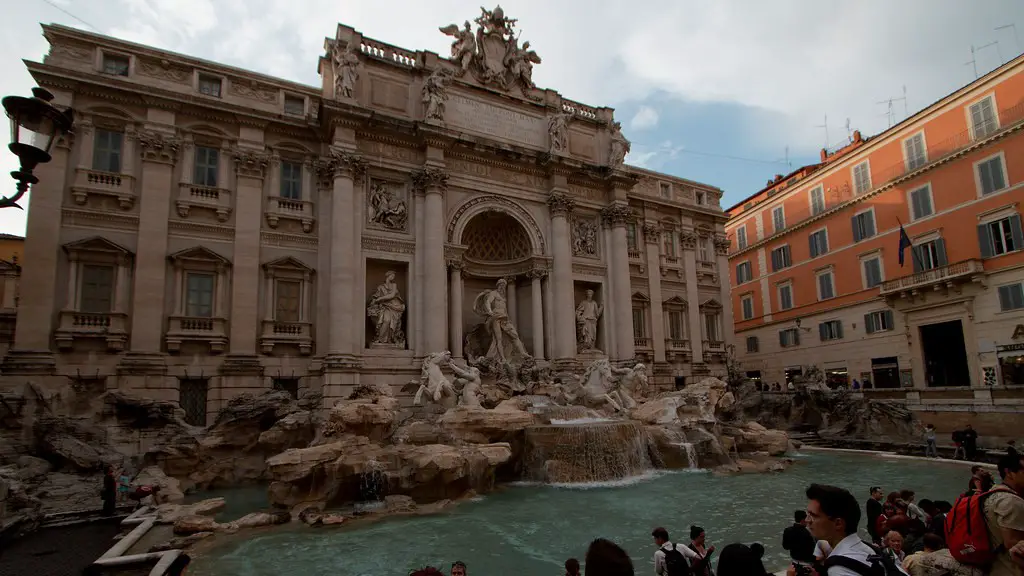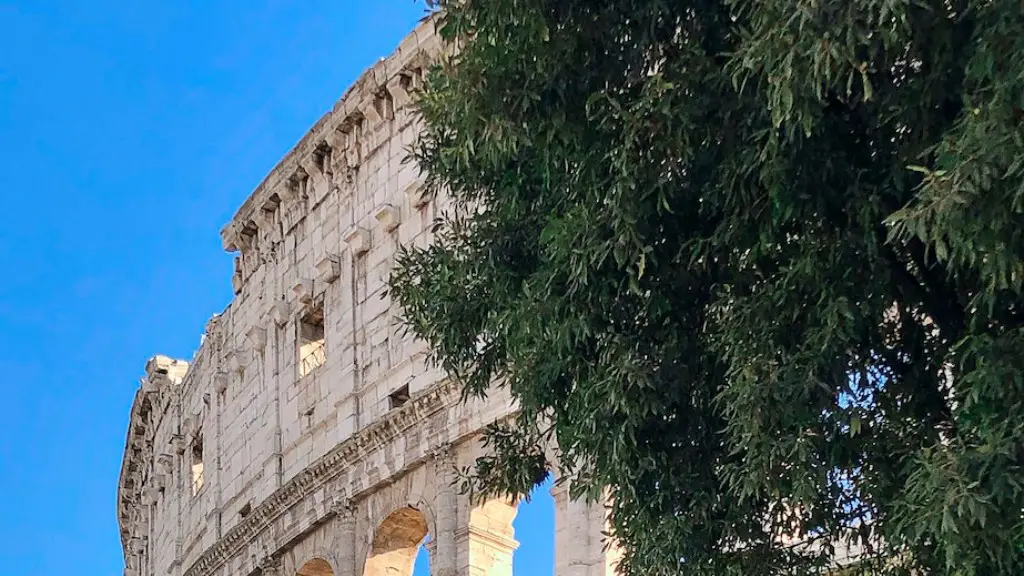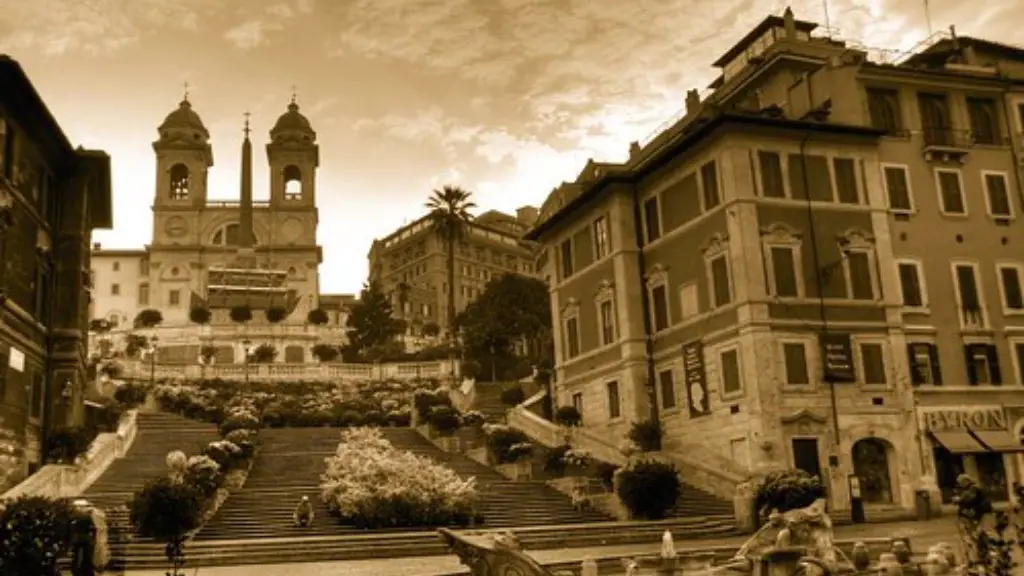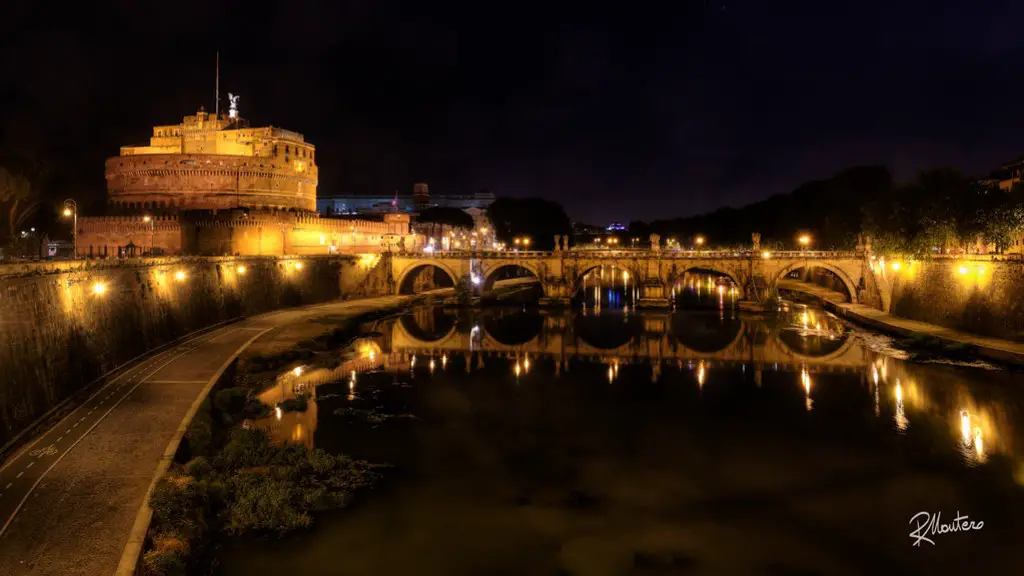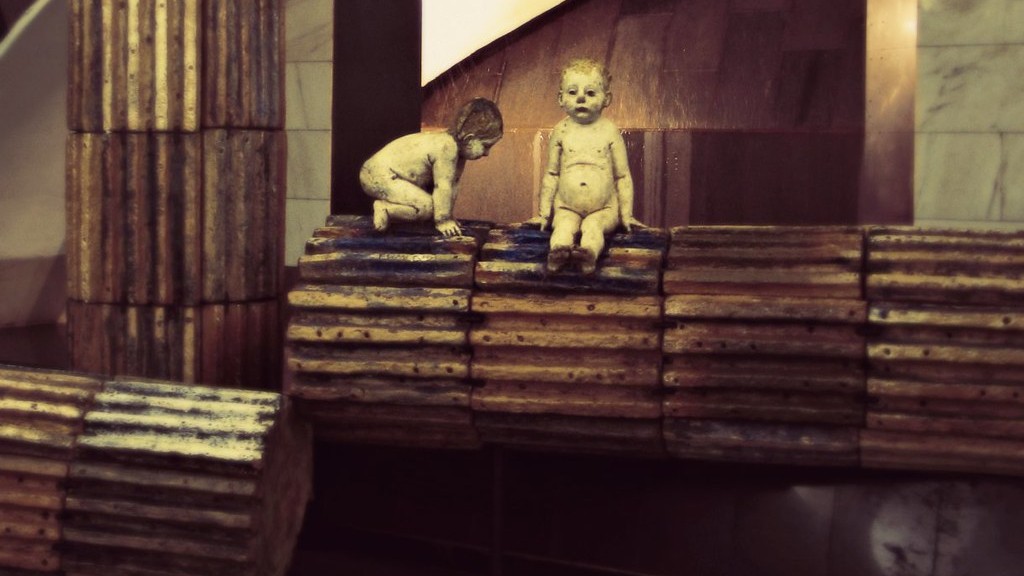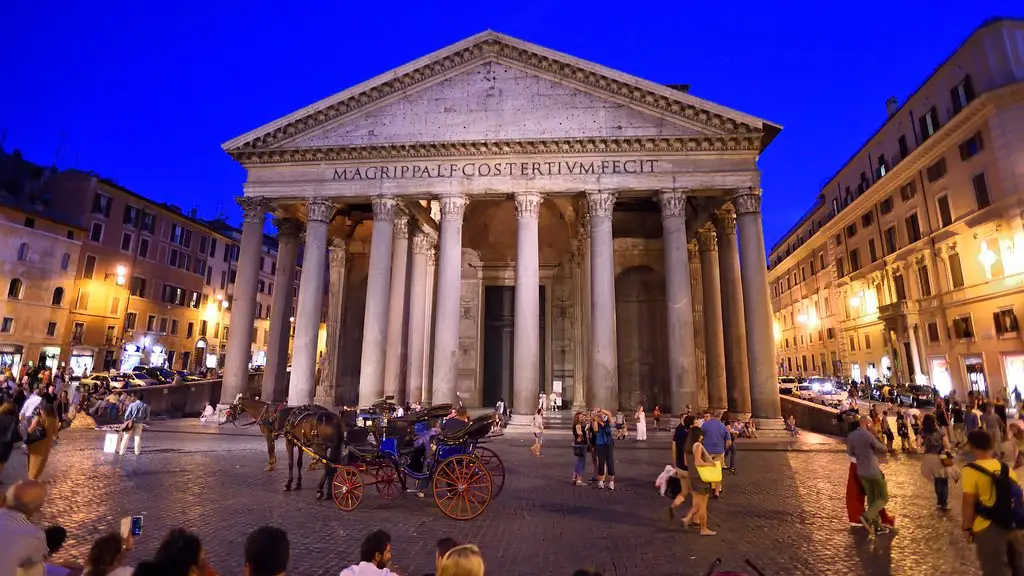Clothing
Roman fashion was elegant and sophisticated, evolving from the world’s earliest civilizations. Men and women’s clothes were generally similar, although there were some notable differences. Men typically wore knee-length tunics and cloaks made from wool and were often draped in fine garments. Women were sometimes adorned with jewellery and wore long, tunic-like dress made from linen and sometimes silk. Dressing well and displaying proper etiquette was a sign of respect for the wealthy and educated Roman citizens.
Originally, the colour of a person’s clothing identified their social class and profession. The colour could also show position in religious and political life and was thought to have spiritual significance: white denoted a religious purity and black was reserved for the Imperial family. However, this was not universally accepted and over time, simple Roman clothing evolved to take on the styles of the day.
In terms of footwear, sandals were the most common form of shoes, although leather boots and slippers were also in use and, for wealthier citizens, special “soled” shoes were worn for outdoor activities such as hunting and walking.
Architecture
Romans were incredibly adept when it came to engineering and building. They had an appreciation of grandiose proportions, and their architecture reflected this. Whether it was grand civic buildings, opulent temples, public baths, or huge amphitheatres, they knew how to create spaces and structures that were awe-inspiring and practical. They used a variety of materials including concrete and marble, forging entire walls and columns of these materials, and some of their most impressive structures still stand today.
The Romans made a huge contribution to the development of architecture. One of the most significant advances was the invention of “true” arches, which allowed for much stronger and better-proportioned structures than were possible with the earlier corbelled or vaulted systems. This form of architecture spread all over the ancient world, with many variations appearing in different countries.
The Romans were also highly advanced when it came to engineering other structures, such as aqueducts and bridges. Rome’s legacy of engineering was so impressive that some of the same techniques used by the Roman engineers are still used today.
Society and Culture
The Roman Empire was an incredibly complex and powerful empire that exerted considerable influence over much of the Western world. Its rich culture shaped the political, social, and economic development of Europe, North Africa, and the Middle East, and its enduring legacies remain visible today in the form of art, literature, architecture, and law.
Society during the Roman period was highly stratified, with the upper classes enjoying privileges denied to the lower classes. Elite citizens held positions of power, while the lower classes worked as manual labourers or slave labour. Education was another way in which social status was determined, and the wealthy used their knowledge and resources to maintain their advantage.
Religion played an important role in the Roman Empire and was closely tied to the state. Religious festivals were an important part of life for all citizens, and temples were integral to the daily life of the Roman people. The state religion was polytheistic and centred around the celebration of the gods, who were seen as powerful and worthy of veneration.
The Language and Arts
Romans spoke Latin, a language that had developed from the ancient Italic languages of the region. Latin was the language of the educated and influential, and it spread across the empire and was adopted by many cultures. Roman literature and art flourished during this period and was heavily influenced by the classical Greek traditions of Greece and Rome.
The Roman alphabet, which we use today, was developed from the Etruscan alphabet. Roman writers adopted many of the literary forms used by the Greeks, and also developed new forms such as satire and epic poetry. Roman drama, sculpture, and painting all developed as part of the art and literature of the period.
Popular culture during the Roman Empire was vibrant and varied. Gladiatorial contests and chariot racing were among the most popular sporting activities, and other forms of entertainment included theatre, music, mime, and acrobatics. People also enjoyed the circus, which featured gymnastics and animal shows.
Military and Political Power
The Roman army was one of the most powerful and effective in history. Its soldiers were well-trained and highly organised, and were able to conquer vast areas of land. The army also employed the latest military technology, such as the use of battering rams and catapults. The Roman military was able to repel would-be invaders and maintain order within the empire.
The political system of the Roman Empire was highly influenced by the ruling class. The Senate was the most powerful body in the state and its members were elected by citizens. The Senate appointed the emperor, who had the power to appoint governors and magistrates to administer the empire. The Roman system of government was effective but was often accused of being oppressive, as the emperor had absolute power.
The government also had an intricate system of taxation, which was sometimes seen as an inescapable burden. The system aimed to fund the empire’s many public works projects and military campaigns. This system was used for centuries and has been adapted and refined by many civilisations in the centuries since.
Religion and Thought
The Ancient Roman people had a deep and complex belief system which encompassed a range of gods, goddesses and spiritual forces. This belief system was fashioned around the gods of the Greek pantheon, and was closely linked with the state. Roman religion had both public and private aspects, and rituals were performed in temples or in private homes.
Philosophy and science were also an important part of Roman thought. Many thinkers developed theories about the nature of the universe, with Epicureanism and Stoicism being particularly influential. They also attempted to explain the workings of the universe with the use of mathematics, geometry, and other branches of science.
Romans were great observers of the stars, cataloguing the night sky and developing an intricate calendar system. Astrology was also popular, and the reflections of the night sky were thought to be closely linked to people’s fate. This belief was deeply embedded in Roman culture, and such ideas have persisted in some cultures to this day.
Legacy
The legacy of the Ancient Romans is far-reaching and can still be felt in the western world. Roman law is still visible in many countries, as are many aspects of the language and culture. The Romans also played an important role in disseminating art and literature throughout Europe, North Africa, and the Middle East.
The lasting legacy of the Roman Empire is an impressive testament to their achievements. Numerous pieces of art, literature, culture, and engineering techniques that were developed and advanced by Roman citizens all those centuries ago, remain in use today. As we pay tribute to their legacy, we can learn from their successes and failures and take comfort in the fact that their legacy will live on for centuries to come.
Archaeology and Religion
The remains of ancient Rome are still visible today in many archaeological sites and museums. Archaeologists have uncovered relics and artefacts that offer a unique insight into the lives of the Roman people. These archaeological finds provide evidence of the clothing, food, religion, military conquests, and other aspects of Roman culture.
The religions of the Ancient Romans were complex and had many influences, including that of the Greeks, Celts, and Egyptians. Ancient Roman religion was centred around the gods and goddesses of the state and was closely associated with their daily lives. They had a deep spiritual connection to the land and their gods, and spirituality was believed to be an integral part of everyday life.
The lasting legacy of the Ancient Romans, even today, is a testament to their impact on the world. From their culture and language to their engineering and arts, the influence of the Ancient Roman Empire can still be seen in many aspects of the world, even thousands of years after the fall of their empire.
